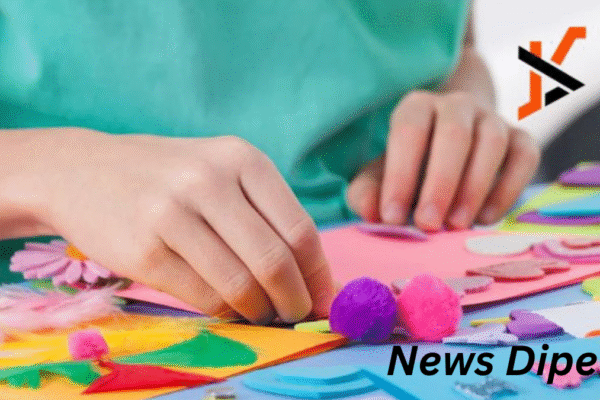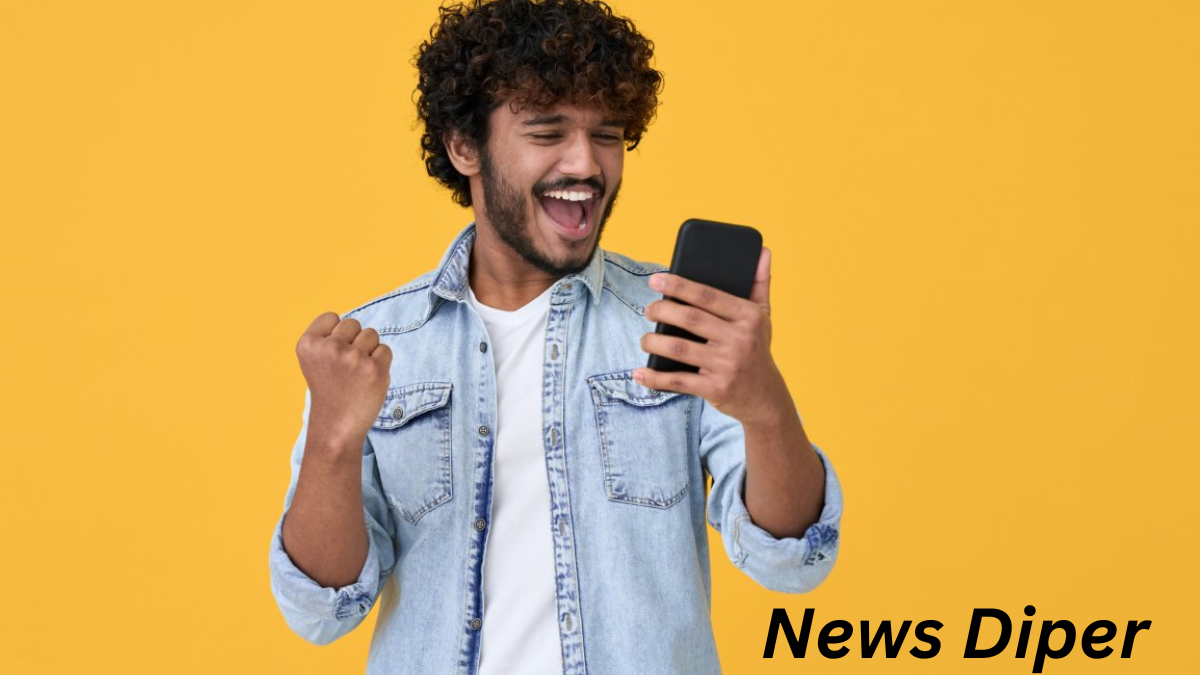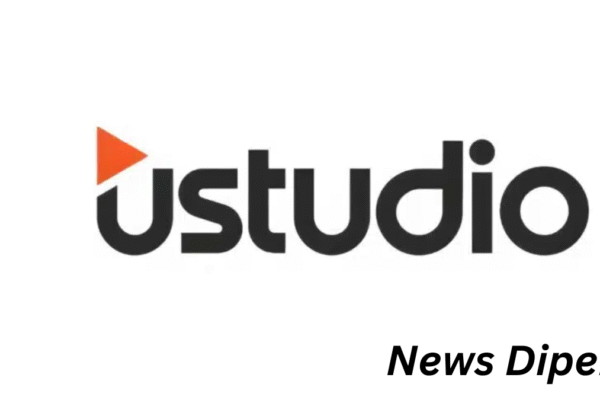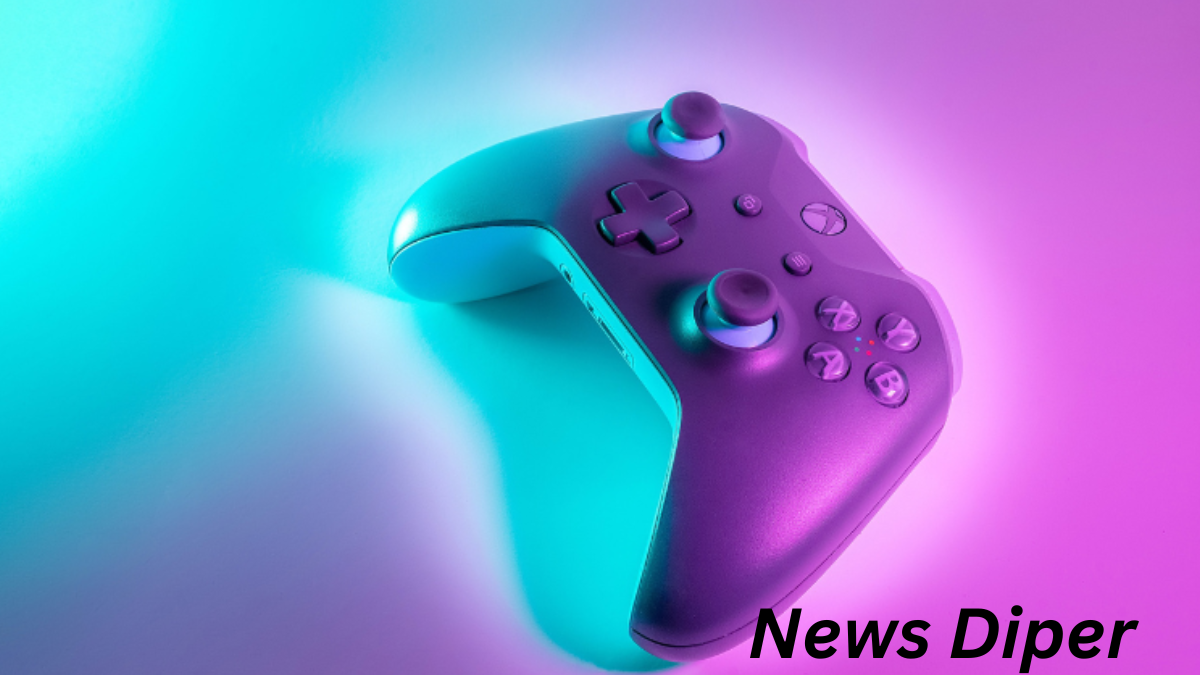

Connections Hint Mashable Exploring the Intersection of Puzzle Gaming and Digital Media
Understanding the Rise of Word Games in the Digital Age
Connections Hint Mashable the popularity of digital word games has surged, captivating a diverse global audience. Among the many puzzle-based games that have gained traction, “Connections” has emerged as a beloved challenge for fans of mental exercises. A core aspect that enhances its intrigue is the concept of “connections hints”—subtle clues guiding players toward categorizing words correctly. The platform Mashable, known for its engagement with internet culture and trends, has become a notable source of these hints. This combination of strategic clue-giving and media influence creates a unique interaction at the nexus of gaming and content consumption.
Word games have always held a strong place in human culture, from crosswords to Scrabble. With the digital transition, such games have evolved into daily challenges that not only entertain but also sharpen cognitive skills. The game “Connections Hint Mashable” invites users to group words that share a common thread, a task that might seem simple but often involves deep reasoning, pattern recognition, and vocabulary comprehension. The inclusion of hints helps alleviate the challenge without spoiling the game, and when such hints come from a trusted media outlet like Mashable, it adds a layer of credibility and reach.
The Game Mechanism Behind Connections
“Connections” is designed to test associative logic. Players are presented with sixteen words, which must be grouped into four sets of four based on hidden connections. These connections may be thematic, conceptual, or even phonetic. This setup encourages flexible thinking and rewards creative deduction. The difficulty lies not only in identifying possible connections but also in distinguishing red herrings—words that seem to fit in more than one group, potentially misleading players.
Unlike traditional word games, which may rely on point systems or speed, Connections emphasizes accuracy and insight. A wrong answer is not just a mistake but a learning opportunity. This type of puzzle encourages trial and error while requiring players to form hypotheses, evaluate relationships, and refine their thought process in real-time. The satisfaction comes from discovering a hidden order, a pattern beneath the surface chaos of words.
How Mashable Fits Into the Puzzle Game Scene
Mashable, a digital media giant with a strong reputation in covering trends across technology, culture, and entertainment, has adapted well to the growing appetite for puzzle content. Recognizing the engagement potential of daily brain teasers like Connections, Mashable has carved a niche by offering “Connections hints.” These are carefully worded clues meant to help players nudge their thinking in the right direction without providing direct answers.
This approach serves both players and the platform. For Mashable, it means retaining readers who return daily to enhance their gameplay experience. For players, it offers an assistive resource that maintains the challenge while reducing frustration. The hints cater to a wide spectrum of players—from novices who need a push to experts who may only want a minimal hint to validate their thinking.
Crafting the Perfect Hint Without Spoiling the Game
The art of writing a helpful yet non-revealing hint is subtle and nuanced. A good hint must be informative enough to guide the player but ambiguous enough to avoid giving away the answer. For example, if a category includes types of bread, a hint might be “items commonly found at a bakery” rather than directly stating “types of bread.” This level of abstraction preserves the essence of the challenge.
Mashable writers typically draw from a pool of linguistic cues, pop culture references, and everyday objects to create compelling hints. Their effectiveness lies in striking a balance between guiding and challenging. This methodology respects the integrity of the game while providing an auxiliary level of enjoyment through wordplay and layered meaning.
The Appeal of Puzzle Games in Digital Media
Puzzle games have seen a remarkable resurgence, partly due to the accessibility offered by smartphones and digital media platforms. Unlike action games that require reflexes or strategy games demanding long hours, puzzles like Connections offer a concise but intellectually stimulating break. They fit neatly into daily routines—commutes, lunch breaks, or evening wind-downs—making them ideal for modern lifestyles.
Platforms like Mashable leverage this appeal by embedding games or game-related content into their broader editorial strategy. This not only boosts engagement but also cultivates a community of regular users who share, discuss, and compete over their daily scores and experiences. The sharing of hints becomes a communal activity, blending individual play with collective knowledge-building.
The Role of Cognitive Challenge in User Retention
A well-constructed challenge not only entertains but also builds loyalty. This is particularly true in the case of daily puzzles, which create a habit loop in the user’s behavior. The mental satisfaction derived from solving a problem—even with the aid of a hint—produces a dopamine response that encourages repeat engagement. When hints are well-designed, they enhance this loop by adding another layer of interaction.
Mashable’s involvement adds an editorial flavor to the gaming experience. By embedding human language, humor, and cultural references into hints, they ensure that the content aligns with their overall voice. This means that even when a user is seeking assistance with a game, they remain within the Mashable content ecosystem, often exploring related articles or features after playing.
Why Players Seek Hints and Not Answers
Hints offer a middle ground between success and effort. Players turn to hints not because they want the game solved for them, but because they need a bit of momentum. This reflects an intrinsic motivation to complete the challenge on their own. Full solutions rob the game of its reward structure, while a well-crafted hint keeps the challenge intact while boosting player morale.
The psychological component of hint-seeking behavior is tied to the feeling of accomplishment. Even with outside help, players want to feel that they figured it out themselves. Mashable understands this balance, which is why their hints are often framed in open-ended or metaphorical language, allowing users to maintain ownership of their eventual success.
The Community Aspect of Puzzle Solving
Beyond solitary gameplay, Connections and similar puzzles are increasingly becoming social activities. Whether through forums, group chats, or comment sections under articles, players share their strategies, frustrations, and successes. Mashable’s hint content often becomes a springboard for such discussions. Readers might debate the usefulness of a particular hint, suggest alternative interpretations, or share how they eventually solved a tough set.
This interaction contributes to a sense of community, where users are not just consuming content but actively engaging with it. The social dimension enhances replay value and introduces a collaborative layer to what is essentially a solo activity. In this way, the game becomes part of a broader cultural conversation.
How Connections Reflects Cultural Trends
The categories in Connections often reflect cultural knowledge, referencing everything from classic literature to modern slang. This makes the game not only a test of logic but also of cultural literacy. Mashable’s hints often allude to the same cultural markers, enhancing the synergy between the media outlet and the game itself.
By tapping into zeitgeists—such as trending phrases, viral phenomena, or nostalgic references—the game and its hints serve as cultural mirrors. They help players stay mentally agile while remaining plugged into ongoing dialogues in pop culture. This relevance further cements Connections as not just a puzzle, but a reflection of contemporary intellect.
Mashable’s Editorial Strategy and Gaming Content
For digital publishers, diversifying content offerings is crucial for staying relevant. Mashable’s decision to include gaming hints, especially for popular puzzles like Connections, reflects a broader strategy to intersect entertainment and utility. Their audience, which includes tech-savvy millennials and Gen Z readers, appreciates both mental stimulation and cultural relevance.
By embedding gaming content in a journalistic framework, Mashable creates value that goes beyond mere gameplay. It adds editorial polish to what might otherwise be a mundane hint sheet. The result is a richer, more engaging user experience that aligns with their branding and vision.
The Educational Value of Games and Hints
Games like Connections are more than just time-fillers. They offer cognitive benefits such as vocabulary building, logical reasoning, and pattern recognition. When hints are structured thoughtfully, they can serve as teaching tools that subtly improve a player’s skills over time. Mashable’s involvement turns each puzzle into an informal learning session, where users not only play but also grow.
The format of hint-based assistance supports incremental learning. Players begin to recognize patterns, deduce categories faster, and apply past learning to new puzzles. Over time, the need for hints may diminish, reflecting genuine improvement. This makes the hint content part of a developmental journey rather than a mere crutch.
The Future of Hints and Interactive Media
As games evolve and platforms grow more sophisticated, the role of hints is likely to become even more nuanced. Artificial intelligence could be used to generate dynamic hints based on a player’s progress. Media platforms like Mashable could partner directly with game developers to integrate branded hints or thematic challenges tied to current events or editorial calendars.
This convergence of technology, media, and gameplay represents the future of digital interaction. What began as a side feature—a few hints for a game Connections Hint Mashable become an immersive, narrative-driven content stream that blurs the lines between reading and playing. Mashable’s early adoption of this strategy positions it as a pioneer in this space.
Conclusion Connections Hint Mashable as a Cultural Phenomenon
The collaboration between a brain-teasing game like Connections and a trend-conscious platform like Mashable represents a modern phenomenon in digital entertainment. It illustrates how traditional puzzle games can be reimagined for a contemporary audience, supported by intelligent media strategies and thoughtful content creation. The hints themselves are a testament to the art of communication—informative, subtle, and engaging.





